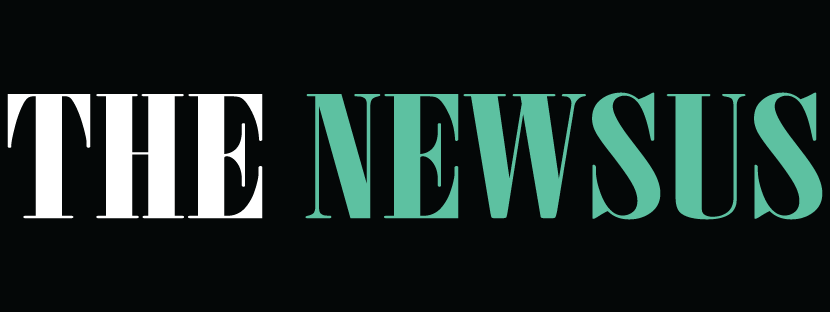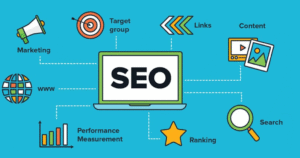What to Look for in Request for Proposal Software: A Simple Checklist for B2B Companies
Growing B2B companies eventually hit a wall when using spreadsheets, email threads, and scattered shared drives to manage proposals. These...

Growing B2B companies eventually hit a wall when using spreadsheets, email threads, and scattered shared drives to manage proposals. These tools may work for a small team handling a few bids each year. But as your deal volume grows, manual tracking often creates more problems than it solves. Deadlines slip. Versions get mixed up. And your win rate suffers.
When you see these problems stacking up, it’s time to move to a dedicated RFP management software. But how do you know which tool will genuinely make a difference? The market is crowded, and not every option fits every team. This guide will help you find the best RFP management software for your business, so you can save time, protect accuracy, and win more deals.
Centralized, Searchable Answer Library
A strong proposal tool provides a secure place to store your best answers. Proposal teams often spend hours digging through old folders to find last year’s response to a standard question. A sound answer library solves that. It saves every approved response in a clear and organized manner.
Search is key here. A well-designed RFP management software should feature intelligent search capabilities. Your team should be able to find the right answer in seconds, not hours. Version control also matters, so you always use the most accurate, up-to-date language when describing your products or services.
When your library is easy to use, it removes the guesswork. Everyone, from proposal managers to sales teams, can reuse answers confidently without having to redo work.
Clear Task Management and Deadline Tracking
One of the primary reasons companies select the best RFP management softwareis to effectively manage deadlines. RFPs come with strict submission dates. When you manage tasks manually, it’s easy to miss steps, especially when you handle multiple proposals at the same time.
A good tool enables you to assign tasks, set deadlines, and track progress in real-time. It should have clear dashboards that show who is doing what and what is due next. This visibility means fewer surprises, fewer late nights, and more control over the process. You don’t want your team guessing what comes next; you want them to see it all in one place.
Collaboration Tools for Multiple Contributors
Just one person does not write most proposals. Sales teams contribute. Technical experts write detailed product responses. Legal teams check compliance. Without a shared system, email chains get confusing fast, and version control becomes a nightmare.
Quality RFP software brings everyone together in one secure workspace. Look for built-in commenting, real-time edits, and clear approval workflows. This helps your entire team work on the same document without duplicating answers or losing essential edits. It keeps everyone aligned and reduces costly mistakes.
AI-Powered Features to Save Time
One major advantage of modern request for proposal software is how AI can cut repetitive work. When teams rely on manual copy-and-paste, they waste hours rewriting answers to the same questions. An AI-powered tool suggests the best approved responses as you build your proposal. It learns which sections perform well and improves recommendations over time.
This feature alone can help your team focus less on busywork and more on customizing the content that matters. Instead of writing from scratch, you refine the best version. That’s a major boost for productivity and win rates.
Advanced Search and Filter Options
A big answer library is only useful if you can find what you need quickly. Strong search tools make your content easy to access. A good system lets you filter by keyword, topic, or update date, so you’re not wasting time scrolling through irrelevant content.
Search quality often separates basic tools from thebest RFP management software on the market. Without it, you’re right back to hunting through folders, the very problem you wanted to solve.
Reliable Reporting and Insights
Data is key to improving win rates. Manual tracking rarely gives you the insight you need. Many companies are unsure which answers help them win or which parts of their proposals yield the best results. A good request for proposal software provides clear reporting dashboards.
You should be able to see which answers get used the most, how they perform, and what changes could improve results next time. Over time, these insights help you build stronger proposals backed by real data.
Strong Security and Access Controls
Your proposals contain sensitive business details like pricing, intellectual property, and client data. Security is not optional. Look for software that adheres to robust data security standards and provides you with control over who can view or edit content. A solid RFP software should have role-based permissions. This ensures drafts are secure and ensures the right people sign off on each section before submission.




